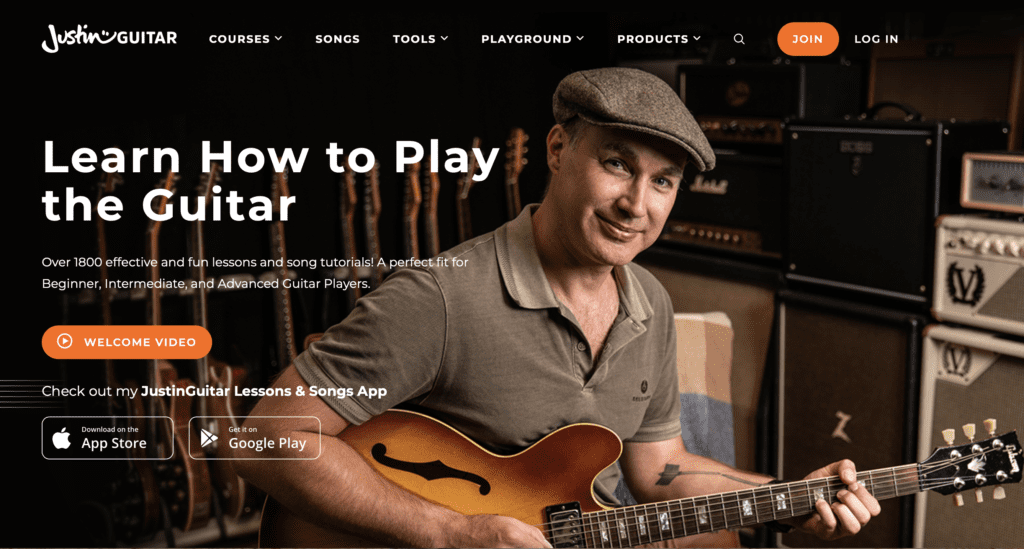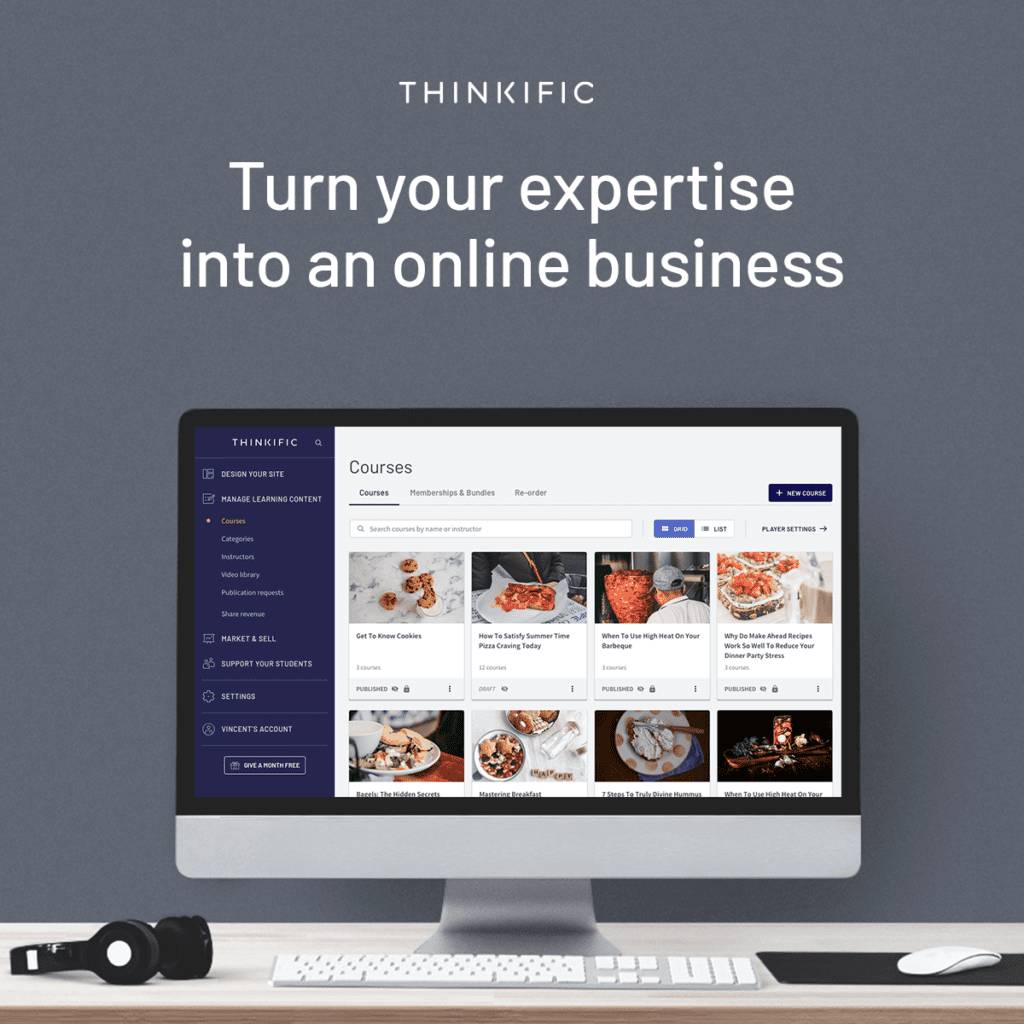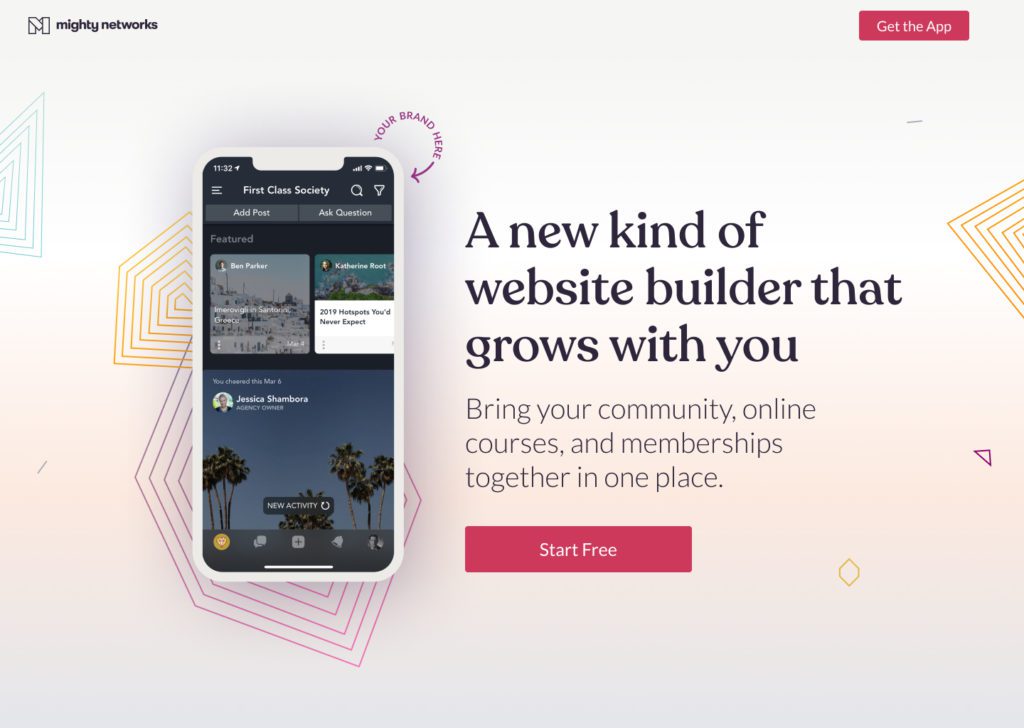

Subject matter experts (SMEs) are enjoying a host of new revenue generation opportunities, thanks to the creator economy. But what is the creator economy, and how can SMEs best harness new creator tools to grow their businesses and increase their revenue?
In this post, we’ll review the opportunities presented by this rapidly evolving area of entrepreneurship and how you can capitalize on them.
What is the creator economy?
Simply put, the creator economy is a technology-enabled business environment in which individual creators are able to generate revenue from their content.
And, it’s not small deal. The size of the creator economy market according to Statista, has more than doubled since 2019. And the industry is currently worth $13.8 billion. According to Mediakix, the sector will be valued at 15 billion by the end of 2022.
Writers, artists, musicians, influencers, and educators can all benefit from this economy. So can anyone who has an expertise-based business – consultants, coaches, trainers.
People who always dreamed of publishing a book can now do so in minutes, and make that book available to half the world through Amazon and other distributors.
Amateur musicians and videographers can upload their content to Spotify and YouTube and attract millions of fans.
And subject matter experts (SMEs) of all types can create online courses, host webinars, and leverage live streaming to build up a library of virtual content for an endless stream of learners.
It isn’t only individual SMEs offering educational content online. Major colleges and universities have normalized remote learning, and account for some of the top Massive Open Online Courses (MOOCs). As of January 2022, fifteen MOOCs have amassed over 1 million learners each. At the top of the heap are MOOCs from Stanford, Yale, and Harvard.
While that might seem like steep competition for the average SME, the popularity of online courses from top colleges has helped to legitimize educators in the creator economy. These institutions reassure students that online learning works, while SMEs provide the individual attention to learners that the largest courses lack.
Who can benefit from the creator economy?
You don’t have to directly compete with the top-performing MOOCs in order to establish a viable business as an online educator. Alongside courses on machine learning and computer programming are a plethora of courses on everything from marketing and grammar to cooking and positive thinking. Whatever your area of expertise, whoever your target audience, it’s possible to join the creator economy and succeed.
Some top content creators working in the educational field include
- Adriene Mishler, a yoga instructor with over 10 million followers on YouTube
- Biron Clark, an executive recruiter who provides career guidance through his website and online course
- Justin Sandercoe, who has taught over a half a million subscribers how to play the guitar through online tutorials, apps, and masterclasses. (I’ve personally benefited from his instruction!)


These examples represent just a tiny drop in the huge ocean of opportunity for creators looking to monetize their expertise.
Revenue models for SMEs in the creator economy
So how does the creator economy work? How do SMEs make money?
Thanks to a host of new content delivery platforms, there are more options available than ever before. Subject experts can take their pick from different active and passive income models or mix and match revenue streams to maximize their earning potential.
One-time payment models
Single purchase items can form a significant part of an SME’s income. That includes pay-per-view instructional videos and recorded webinars/seminars, online courses, and digital products like ebooks and audio files.
One of the best ways to diversify income streams and capture learners at different levels of commitment is to create a range of products at different price points. A $10 ebook is a good way to entice interested learners and can help funnel them toward a $1000 online course.


The downside to one-time purchase revenue is the high cost of acquisition. It’s much more lucrative to attract a single learner who will provide recurring income, rather than constantly trying to attract new learners to keep revenue levels stable. One solution to ease this burden is to offer multiple products. That way a single sale can develop into additional future income.
Subscription purchase models
Another solution for SMEs is to sell access to their products and services through subscriptions. Membership sites are a good vehicle for subscription-based revenue and are particularly valuable for SMEs who have built a large library of educational content, a community of online followers, or both.
Even without these assets, it’s possible to earn income from subscribers. Platforms such as Patreon allow members to subscribe to content creators in anticipation of access to future products.
Passive income
Passive income is money generated without any active effort on the part of the SME. The most popular models for passive income are affiliate and ad revenue.
If you already have a website where you blog regularly about your subject, it costs nothing to include affiliate links or embed display ads within that content. Anyone who then clicks on the link or views an ad can contribute revenue. Usually, this type of revenue pays only pennies per transaction, but on a popular site that can quickly add up to a substantial portion of an SME’s income.
Other possible sources of passive income include print-on-demand (POD) products and merchandise. Beyond initial setup, these products require zero input, maintenance, or costs. POD sites such as CafePress and Redbubble offer a huge range of available products, from apparel to office supplies and wall art.
Whatever your area of expertise, it’s possible to create a line of branded POD products that complement your business.
Sponsored content
A final common revenue source is sponsored content. Most SMEs only benefit from this kind of revenue once they’ve established a presence in their field, but it can be very lucrative. Opportunities for hosting sponsored content range from publishing guest posts on your website, to promoting products directly through social media or your educational products.
One caveat to using sponsored content to generate income is to consider the effect on your reputation as a subject matter expert. You should align yourself with products that are appropriate to your field, and that you believe hold real value. That’s because these products trade on your most valuable asset — your reputation as an SME.
Top creator economy platforms
There are hundreds of different platforms available for SMEs to create and distribute content. These fall into several broad categories, depending on the type of content and monetization model they utilize.
Online course platforms
Online course platforms are the most obvious solution for SMEs starting a business in online education. Here you can create, distribute, and manage your online courses from one central hub. The top platforms provide a variety of monetization and promotion options as well.
Subject matter experts can choose to host their courses on marketplaces such as Udemy and OpenSesame. Some platforms host courses on any subject, while others are niche-specific. If your area of expertise aligns with a specialized platform, it may be worth giving up some autonomy to put your course directly in front of interested buyers.
If you prefer to maintain tighter control over your course, then a standalone platform that plugs into your website could be a better option. Thinkific and LearnWorlds are two of my top choices.




Alternatively, you can get the best of both worlds by using an all-in-one platform that allows you to create and deploy online courses and build and host your website with a single program. The top performers in this field include Kajabi and Kartra.




Video-on-demand platforms
YouTube isn’t the only game in town! Over-the-top (OTT) video distribution platforms are more accessible to SMEs than ever, but are still significantly under-utilized by online educators. That means your content can get in front of a massive audience with comparatively little competition.
VOD works best for SMEs who can create quality video content that has mass appeal. If your business relies on high-end consulting contracts from niche buyers, video distribution is unlikely to be the right choice for your business.
If you want to explore video distribution for your online teaching business, Uscreen and Vimeo On Demand are good places to start.




Community and membership platforms
The third type of platform changing the game in the creator economy is based around community and membership. Many online course platforms are getting in on this new development, with Kajabi, Thinkific, and Teachable all offering membership capabilities for their products.
If a membership platform will be your primary revenue vehicle, it pays to invest in software that was built for membership first. Some website builders, including Squarespace and Wix, now enable membership features. And for WordPress users, plugins like MemberPress and Memberful can instantly transform a self-hosted site into a membership hub.
For fuller community features that allow for robust interaction among you and your members, a dedicated community platform like Mighty Networks, Circle, Bettermode (formerly Tribe), or – for WordPress – BuddyBoss – may be a better option.


For a more in-depth look at the range of platform options, be sure to see our best membership site platforms and best online community platforms posts.
Turning online content into a business model
Thanks to the creator economy there are more options than ever to monetize your expertise online. However, creating a business model out of all the various platforms and revenue streams can still pose a challenge.
Focusing too intently on a single platform or revenue method leaves SMEs at the mercy of software providers, data protection laws, and trends in the industry. A company being bought out and shut down, a legislative change, or the emergence of a new and better competitive product can shut down a profitable income stream overnight. Equally, trying to cover all bases can leave experts stretched too thin and result in discontented learners who feel the products they purchased were over-sold.
The solution is to focus on a handful of different revenue models, and ideally repurpose content and use interconnected sales funnels to maximize the returns from your efforts.
For example, an SME might put together a webinar and attract learners who pay to attend. A complete recording of that webinar can then become a PPV video, while key segments can be spliced into an online course, and/or uploaded to YouTube to generate leads and earn passive income through ad views.
As another example, an expert may undertake a paid speaking engagement. The notes from that speech then form the backbone of a landing page of a sales funnel, and a newsletter emailed out to paying subscribers.
Repurposing content is a fast, effective way of increasing revenue by distributing it through a variety of different mediums and income models. It also leaves SMEs free to explore new platforms and revenue-generation ideas as they become available. And by mixing and matching income streams, you ensure your business is never over-reliant on a single source of revenue.
Is it a good time to get involved with the creator economy?
As a subject matter expert, there has never been a better time to monetize your expertise online. Even if you predominantly rely on consulting, coaching, teaching, or other offline ventures to earn a living as an SME, it’s worth exploring the new potential opening up online.
The Covid-19 pandemic exposed vulnerabilities in modern society’s ability to interact in-person. With no guarantee that Covid won’t force shutdowns again in the future, and the workforce’s overwhelming adoption of online work and education, it’s important to future-proof your income by building an online presence.
Many of the top performing platforms in the creator economy already enjoy an established user base. Learners trust these platforms to deliver the content they want, and more people than ever are willing to pay creators directly for their efforts.
Thanks to the range of revenue models available, SMEs can tap into audiences from any financial background, and even monetize those who will never pay a penny to view their content. This reduces reliance on big-ticket clients, a move that’s increasingly important in a post-Covid world where many speaking engagements, conferences, and seminars are forced to cancel at a moment’s notice.
It isn’t only for monetary reasons that now is a good time to get involved in the creator economy. As more software products emerge in the marketplace, they become easier for laypeople to use. You don’t have to be a coding expert to create a website, deploy an online course, or manage a membership hub. Nor do you have to be a videographer to create your own video content, or a publisher to distribute your own books. With the right software (and a little hardware) it’s fast, easy, and cheap to create products that even five or ten years ago were beyond the means of most SMEs.


The low barrier to entry for SMEs in the creator economy means almost everything is worth a shot. Creators have more freedom to experiment with different mediums, pricing models, and target audiences than ever before. And when you do need to outsource production, creators are helping each other to get ahead. Video and photo editors, marketers, designers and more are available for hire and collaboration through sites like Fiverr and Upwork. That means SMEs can enjoy professional services at budget rates and add even value to their online content.
Final thoughts
The creator economy has enabled content products from a diverse range of backgrounds to monetize their skills and generate revenue online doing what they love. Subject matter experts can join this boom and benefit from the tools and software available to creators to diversify their revenue streams and future-proof their careers.
See also:
- What Is An Edupreneur?
- The Expertise-Based Business
- How to Monetize Your Expertise Online — The Ultimate Guide
- 11 Best Web Hosting Services for Creators and Experts
Table of Contents



